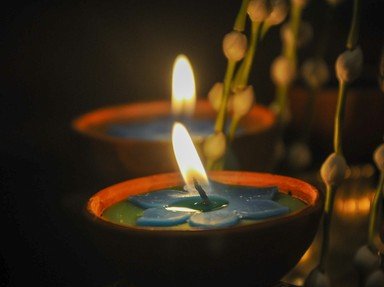
December Celebrations Trivia Quiz
In late December, three main holidays are regularly celebrated: Christmas, Hanukkah, and Kwanzaa. Can you sort through the following things and tell me which celebration they belong to?
A classification quiz
by LeoDaVinci.
Estimated time: 3 mins.